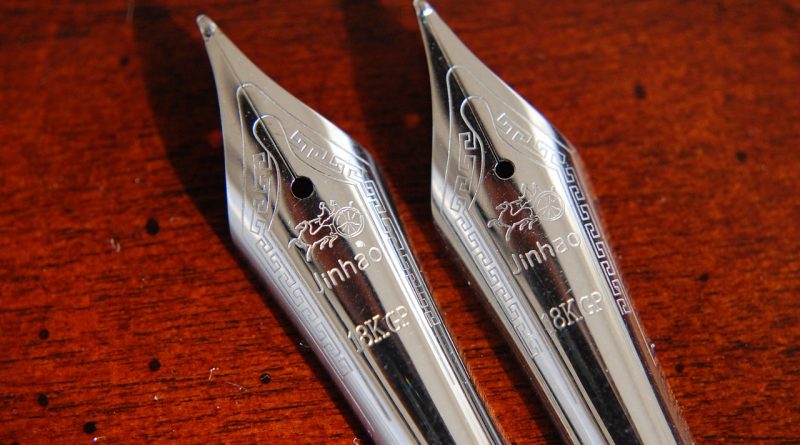Why does ice sink in petrol?
Why does ice sink in petrol?
Because the density of ice is higher, at least for ethanol. The density of ice is 0.917 grams per cubic centimeter, that of water is 1. So ice, being less dense than water will float. The density of ethanol is 0.789 so ice will sink in it.
Will ice float water?
Thus, for a given mass of water, the volume of ice is greater than that of water. Hence, the density of ice is less than that of water. A substance with a lower density than water can float on water. Therefore, ice floats on water.
Is water in fuel bad?
Water in gasoline doesn’t just cause issues in the cylinder; it can easily damage injectors if it expands rapidly in the injector tip (due to the inherent heat of the injector). And if it sits in the fuel system for a long period of time, it can even cause rust in your fuel system.
Does water sit on top fuel?
Does Gasoline Float on Water? Yes, it does. The fuel will rise to the top, and the water will sink to the bottom. The fuel system draws gas from the bottom, which means that the water will be drawn through first.
How much water will ruin a gas tank?
A full cup of water or less can hurt any car’s engine. While some very small amounts of water may find its way into fuel tanks naturally, any more water than this will cause a car serious problems.
What happens if petrol is mixed with water?
Due to the differing densities of water and gas, mixing cannot occur. As soon as you add water to a tank of gasoline, all of the water will settle to the bottom of the tank. The lighter gasoline will float on top. So before you try to mix water with your gas to make it “stretch” picture a layering effect.
How do you get water out of petrol?
You can remove water from fuel tank with Rubbing Alcohol, which is a chemical that can settle at the fuel tank’s bottom and absorb the water. Eventually, such a chemical will pass through to the engine and get combusted.
Does petrol dissolve in water?
Gasoline does not dissolve readily in water. Gasoline is a mixture of many different chemicals.
What happens if water enters the engine?
What Happens if Water Enters the Engine? If water enters the engine it can lead to bad things. If there’s water in your engine, it leads to compression issues because there’s no place for the water to go. Piston rods will begin to bend and eventually break.
Can Heet damage your car?
There is a caveat that you must be aware of – regular HEET® in the yellow bottle is for gasoline 4-stroke engines only, it could damage 2-stroke or diesel engines. Using HEET® is quite simple – open the bottle, pour it into your full fuel tank.
What is the difference between red and yellow Heet?
The yellow Heet contains methanol. The red Heet contains isopropyl (rubbing) alcohol. The red performs slightly better in extreme cold conditions, and tends to cost a little more. If you’re using Heet as fuel (in an alcohol stove), the yellow is the more commonly chosen, but either will work.
Is Heet good for car?
Heet can remove the water from your fuel lines. “Heet” is a line of winter automotive chemicals. Vapor lock can cause your car or truck to start hard and run rough. You can stop this problem by adding Heet to your fuel every one or two fill-ups, and by keeping your fuel tank as full as possible.
How long does Heet last in car?
Unopened HEET bottles have a shelf life of 2 years. During storage the bottle may swell and appear pressurized. This distortion is a result of vapor pressure formed by methanol when stored at higher temperatures (which can happen in your garage or in the trunk of your car).
How do you get water out of a kerosene tank?
Turn the supply valve off, use a wrench to unscrew the coupling and place a bucket beneath the valve. Turn the valve on and collect all of the water that comes out of the fuel tank. Kerosene is lighter than water, so the water will always be on the bottom of the tank and drain out before any kerosene drains.
How do I drain my inboard fuel tank?
Steps On How To Drain Gas From Your Fuel Tank Effectively
- Step 1: Run the boat on the water.
- Step 2: Remove the boat on the water.
- Step 3: Put on your protective garments.
- Step 4: Connect the hose and the fuel transfer pump or primer bulb.
- Step 5: Connect the hose to the fuel receptacle.
